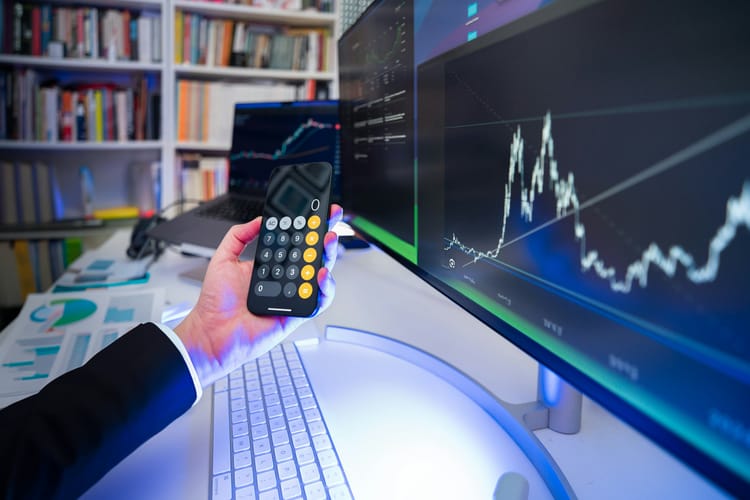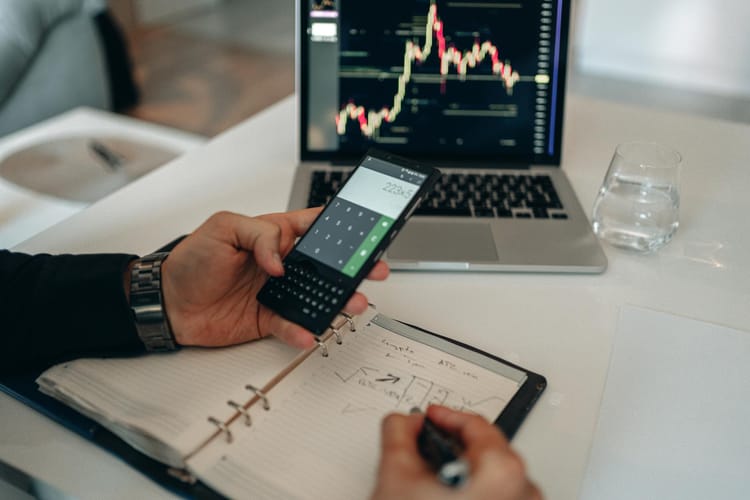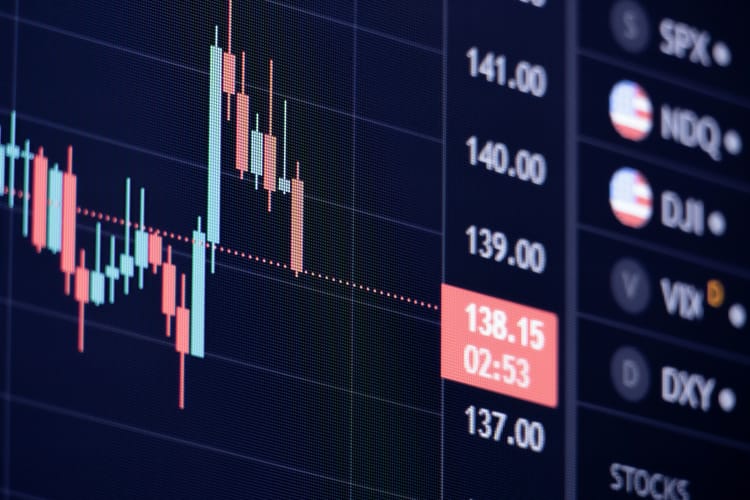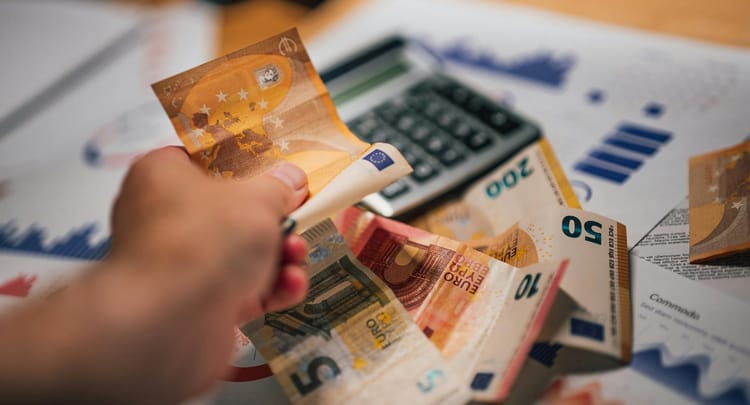AI Trading Signals and How do they Outperform regular trading Signals?
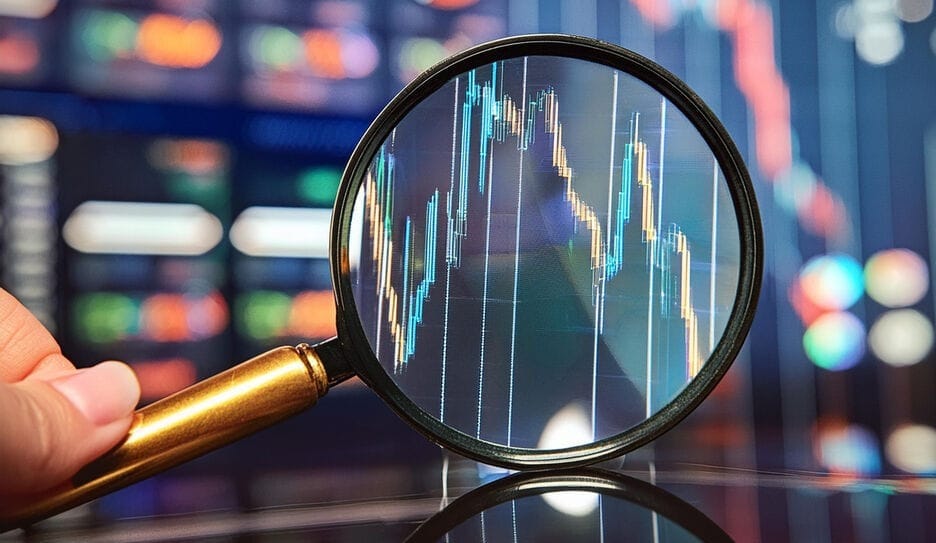
We all know that a trading signal is a recommendation or suggestion to buy or sell a specific security or asset. It is generated based on underlying analysis, an analysis which itself is based on technical indicators, fundamental analysis, or a combination of both. They provide traders with potential entry and exit points for their positions. If used correctly, Trading Signals can greatly improve your trading results.
But,
There is a problem!
Over the years, traders have been relying on human expertise to sift through all that data, identify intricate patterns, and make informed predictions.
However,
The limitations of human analysis have become increasingly apparent in an era characterized by data overload, rapid market fluctuations, and the emergence of complex financial instruments. Human analysts often struggle to keep pace with the sheer volume of information available, leading to potential oversights, biases, and delayed decision-making.
The solution to the problem?
AI Based Trading Signals!
What are AI Trading Signals?
AI trading signals are generated by computer algorithms that analyze vast amounts of data, including market data, news, social media sentiment, and other relevant information. These algorithms identify patterns and trends that humans might miss, and they can adapt to changing market conditions in real-time.
How do AI Trading Signals Outperform Regular Trading Signals?
You hear it all the time:
AI is taking over.
Well,
Trading is no exception.
The days of relying solely on technical and fundamental analysis might be numbered, as AI is quickly becoming the new go-to for traders.
Here are some reasons why AI Trading Signals have an advantage over traditional methods.
Reason #1: AI Trading Signals can process larger Data sets
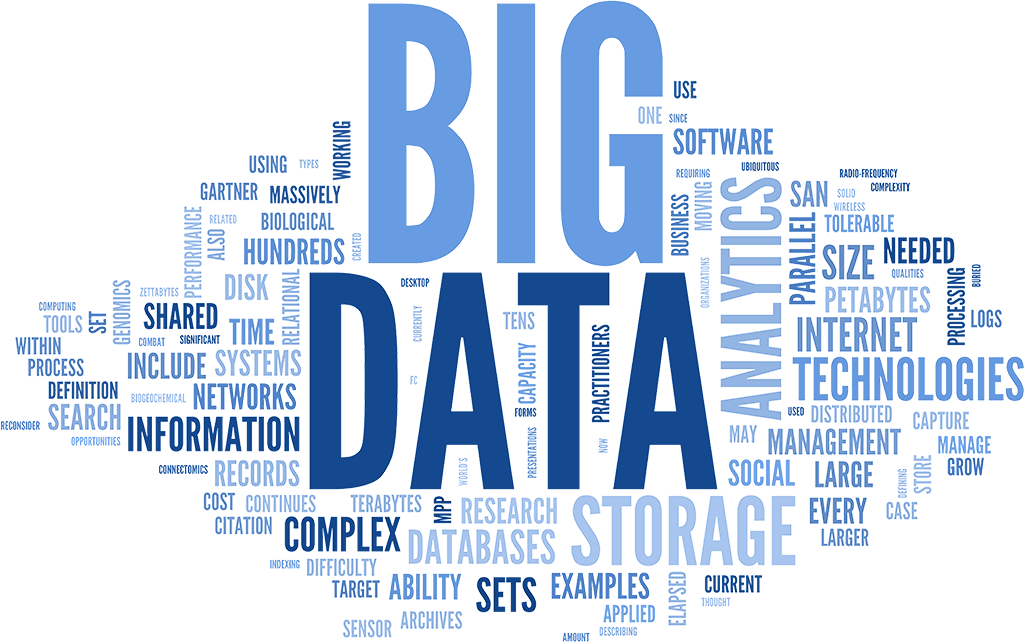
You see,
Regular Trading Signals, Primarily rely on historical price data and a limited set of technical indicators. Human analysts often struggle to process large volumes of data efficiently, limiting the scope of their analysis.
AI Trading Signals, On the other hand, Leverage advanced algorithms.
This enables AI systems to analyze vast datasets encompassing traditional market data (price, volume, etc.), alternative data (news, social media sentiment, economic indicators), and even unstructured information (images, text). This comprehensive data ingestion allows for a more holistic market analysis.
Consider the below example,
Let’s say, a trader identify a potential buying opportunity in a stock based on a classic bullish crossover of the 50-day and 200-day moving averages. This technical indicator suggests an upward trend is imminent.
However,
An AI trading signal, analyzing a broader dataset including news sentiment, social media buzz, and recent company filings, might present a different picture altogether.
A surge in negative sentiment related to a potential product recall or legal issue!
This information, not captured by traditional technical analysis, could indicate that the perceived bullish trend is likely to be short-lived, prompting the AI to generate a sell signal instead.
Did you see?
Essentially, while the trader focuses on historical price patterns, the AI considers a wider context to make a more informed decision.
Reason #2: AI Trading Signals can identify more complex Patterns:
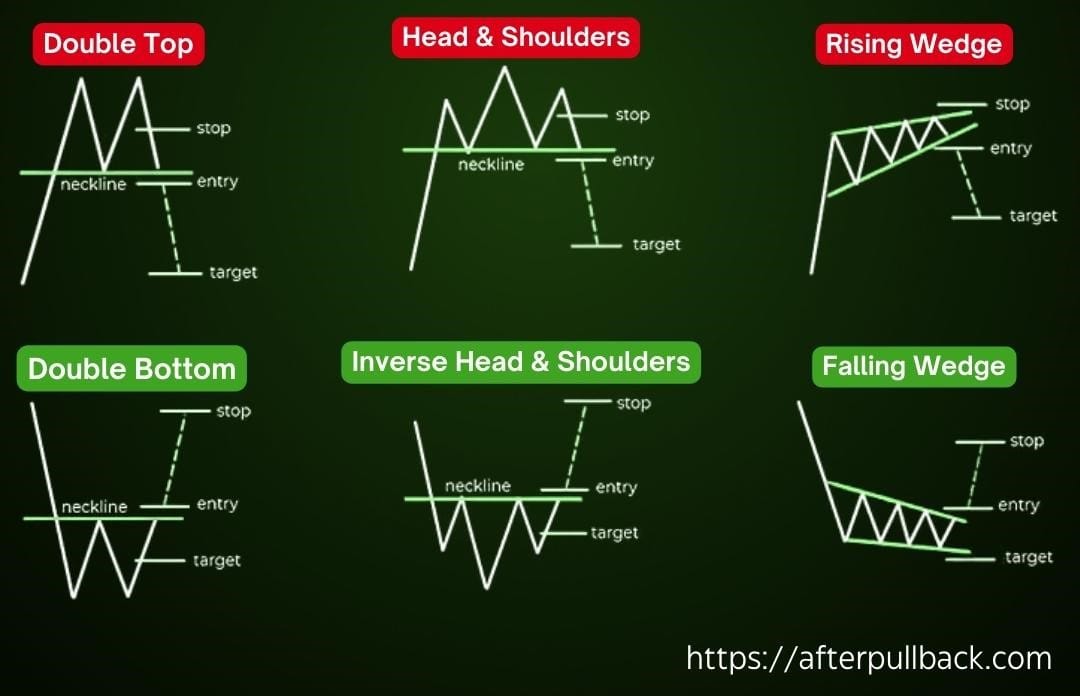
Regular Trading Signals Primarily rely on well-established chart patterns and technical indicators, which often represent simplified representations of market behavior.
While market behavior is not this simplified all the time!
There may be complex, non-linear patterns or those hidden within large datasets which the Human analysts might struggle to identify.
To cater to this problem,
AI Trading Signals employ advanced algorithms like machine learning and deep learning to identify intricate patterns within vast datasets. These patterns might include non-linear relationships, subtle market anomalies, or correlations between seemingly unrelated data points. This capability allows AI to uncover trading opportunities that human traders might miss.
Need some more explanation?
Let’s take an example;
Let’s say, a human trader notices a correlation between a company's quarterly earnings and its stock price movement. For example, the share price rises after the earnings report. This simple pattern could form the basis of a trading strategy.
However,
An AI system, utilizing machine learning, can dig a bit deeper into the data to uncover more complex relationships. It might identify a non-linear correlation between earnings surprises, analyst revisions, and implied volatility, leading to a more accurate prediction of post-earnings stock price movement.
Furthermore,
the AI could detect subtle anomalies in trading patterns around earnings announcements, such as unusual option volume or insider trading activity, providing additional insights into potential price movements. These complex patterns and subtle nuances are often beyond the capabilities of human analysis.
Reason #3: AI Trading Signals have greater Speed of Execution
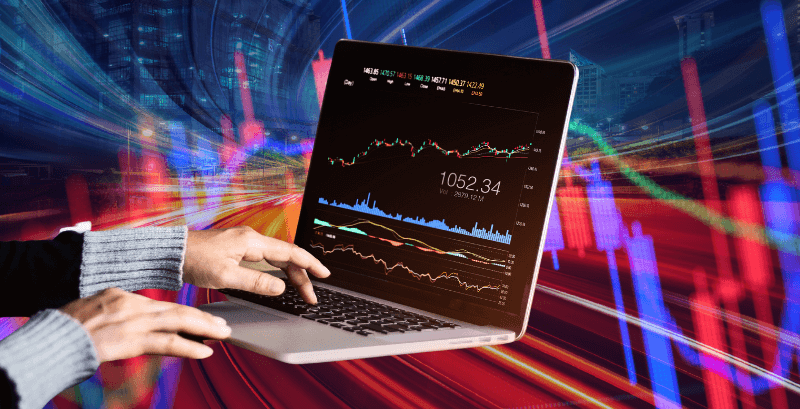
Another thing is,
Regular Trading Signals Reliant on human intervention, are inherently slower. Even with advanced electronic trading platforms, human reaction times and decision-making processes introduce delays that can be costly in fast-moving markets.
On the other hand,
AI Trading Signals, Powered by high-speed computing, can execute trades in milliseconds, often faster than traditional electronic trading platforms. This lightning-fast speed is crucial for capitalizing on fleeting market opportunities, such as arbitrage opportunities or price fluctuations.
For instance, a human trader might spot a temporary price discrepancy between two related securities, presenting a potential arbitrage opportunity.
However,
by the time they execute the trade, the opportunity might have vanished due to market fluctuations. An AI-powered trading system, equipped with high-speed computing, can detect such discrepancies instantaneously and execute trades in milliseconds. This lightning-fast speed is crucial for capitalizing on fleeting arbitrage opportunities that would be impossible for a human trader to exploit.
Reason #4: AI Trading Signals are more Objective (Free from Emotions)
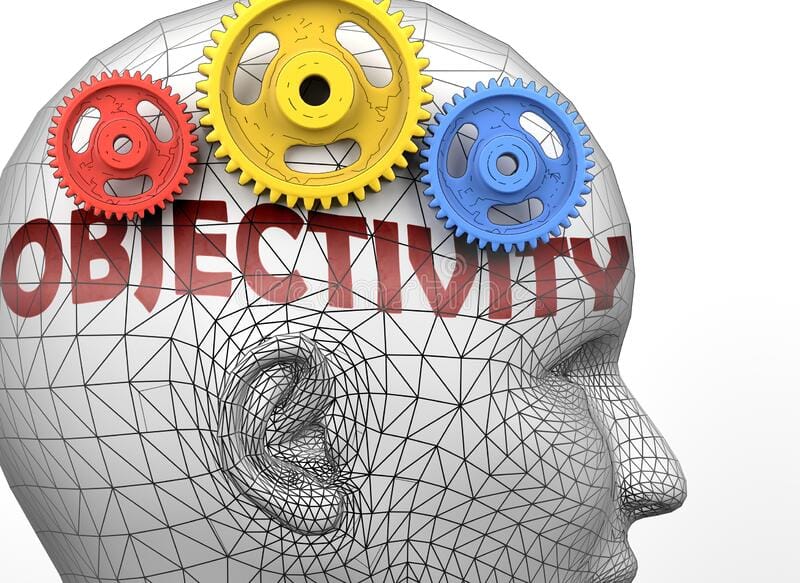
Yes,
This is an important factor to consider, the emotions.
Trading Signals can help you overcome trading psychology challenges
Human traders are susceptible to emotional biases that can distort judgment and lead to impulsive decisions. Fear of missing out (FOMO), greed, and loss aversion can significantly impact trading performance.
AI Trading Signals cater to these exact problems;
Free from emotional influences such as fear, greed, or excitement, AI systems make decisions based solely on data analysis and predefined parameters. This objectivity can lead to more disciplined and rational trading strategies.
For instance, a human trader might be tempted to hold onto a losing position due to the hope that the market will reverse (known as the "sunk cost fallacy"), or they might prematurely sell a winning position out of fear of losing profits (known as "fear of missing out"). These emotional biases can lead to suboptimal trading decisions.
An AI system, on the other hand, would adhere strictly to predefined exit criteria, regardless of emotional factors. If a predetermined stop-loss level is reached, the AI would execute the trade without hesitation, avoiding the emotional pitfalls that often plague human traders.
Reason #5: AI Trading Signals are more Adaptable

Adaptability, Another advantage of AI Trading Signals,
You see,
While using Regular Trading Signals, Human traders often rely on established strategies and indicators, which might become less effective in changing market environments. Adapting to new market conditions can be a time-consuming process and requires significant experience and analysis.
On the other hand,
AI Trading Signals, equipped with machine learning capabilities, can continuously learn from new data and adjust their models accordingly. This enables them to adapt to evolving market conditions, such as changes in volatility, trends, or economic factors.
For instance, a human trader might have a successful strategy based on a mean reversion model, assuming that asset prices will eventually revert to their historical average. However, during periods of high volatility and market instability, this strategy might become less effective. An AI system, equipped with machine learning, can continuously analyze market conditions and adjust its model parameters. If the system detects a persistent shift in market volatility, it can automatically modify the mean reversion parameters or switch to a different trading strategy altogether, such as momentum-based trading.
Reason #6: AI Trading Signals can Leverage Trade Alerts to greater Extent
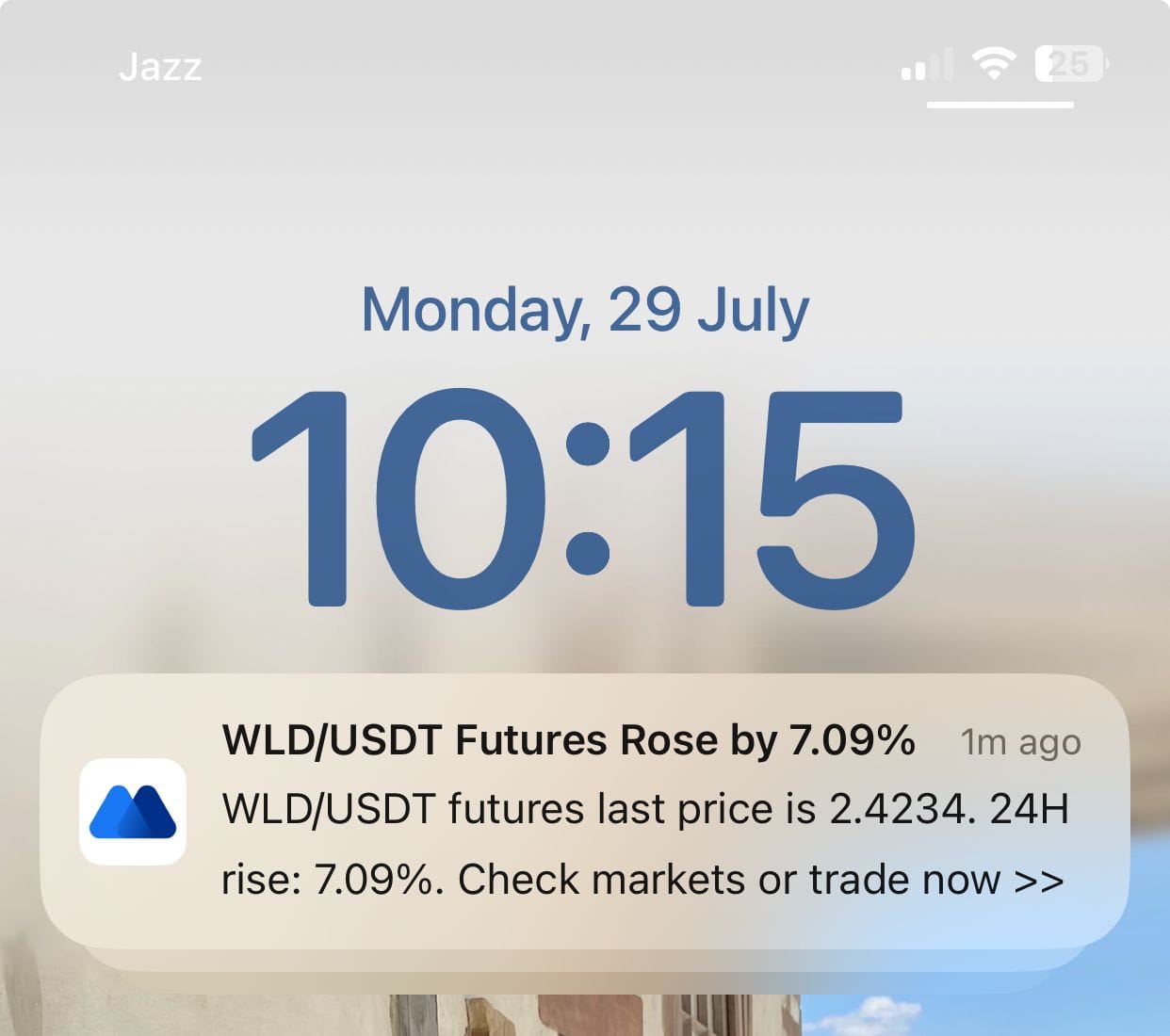
We know that Trade Alerts can alert you through notifications when specific conditions are met for potential trading opportunities.
And
Trading signals can help with trade alerts by working synergistically,
But,
Traditional Trade Alerts Usually require manual setup based on technical indicators or chart patterns. They are also typically less customizable and often involve delays.
On the other hand,
AI-Powered Trade Alerts are directly generated by the AI system based on predefined conditions. They can be highly customized to individual trader preferences. These alerts are often delivered in real-time through various channels (email, SMS, push notifications).
How does this help in real life?
Lets take an example;
For instance, a trader might set up a traditional trade alert to notify them when the price of a stock crosses its 200-day moving average. This requires manual setup and involves a delay between the price crossing and the alert being received. Additionally, the trader has limited flexibility in customizing the alert conditions.
On the other hand, an AI-powered system could generate a trade alert based on a combination of factors, such as price action, volume, and news sentiment. The alert could be triggered when these factors converge to indicate a high probability of a price movement. This type of alert offers greater customization and can be delivered instantly through various channels, such as email, SMS, or a trading platform notification.
Essentially, traditional trade alerts are reactive and limited in scope, while AI-powered alerts are proactive, customizable, and deliver real-time information.
In essence,
AI trading signals offer the potential for greater speed, accuracy, and objectivity compared to traditional trading signals. However, it's important to note that both methods have their strengths and weaknesses, and many traders use a combination of both approaches.


